Maturity through the “lens” of infrastructure
From a flight landing in the clouds of Van Don to containers carrying frozen seafood speeding on the Western Expressway or the stream of cars rushing on the elevated Ring Road 2 in the heart of Hanoi during rush hour - Vietnam's infrastructure is changing every day. What's special is that this change is largely contributed by private resources.
When the state budget is no longer the only source of funding for infrastructure projects, a new wind has blown into the picture of building "trillion-dollar" projects: The private sector has stepped in with a role that is not only reflected in large-scale projects, but also quickly contributes to solving strategic bottlenecks.
The Trung Luong - My Thuan Expressway, which had been stalled for nearly a decade, has been "revived", shortening travel time from the West to Ho Chi Minh City, creating a development boost for the entire prosperous Mekong Delta region.
In Hanoi, the elevated section of Ring Road 2 from Nga Tu So to Minh Khai - a complex construction project in the heart of the city - was deployed and completed quickly thanks to the build-transfer (BT) model, with investment capital from a private corporation. Meanwhile, in Quang Ninh , Van Don International Airport is not only a symbol of modern infrastructure, but also proof that the private sector can completely undertake the construction of an international airport.
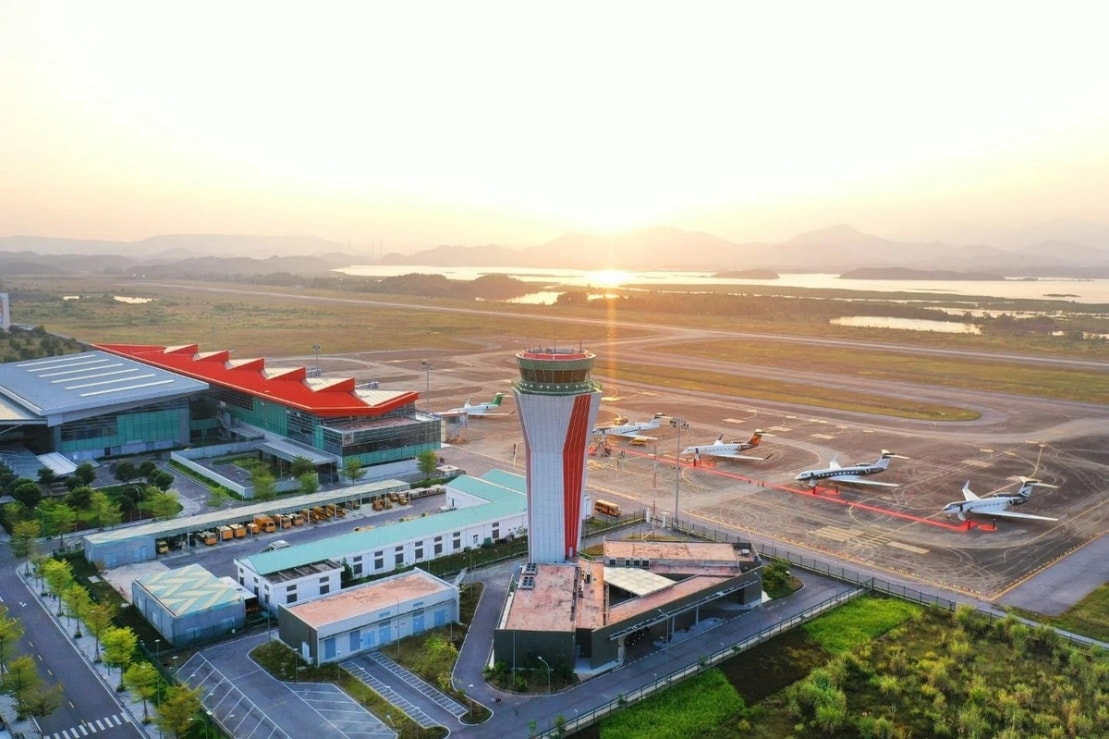
The above projects show an important movement taking place in the private economic sector: If given the opportunity and a clear legal corridor, they can not only build and complete large-scale projects but also open up development space, awakening the development potential of a land in a record short time.
The strength and ambition of the Vietnamese private sector is also reaching out to the field that was once considered a monopoly of the State: the North-South high-speed railway. Large private corporations in Vietnam have also proposed and expressed their desire to participate in investing in the development of the high-speed train model. It is noteworthy that their plan is not only about technology or finance but also brings a completely different approach compared to the State: Flexible, market-oriented and fast.
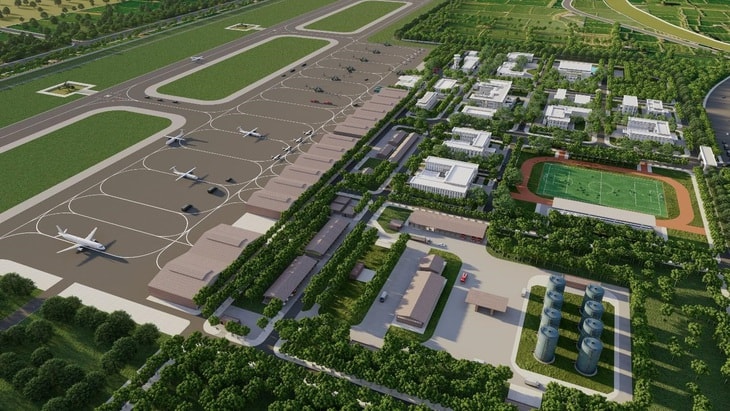
Vietnam's Private Economy: Four Decades' Mark
According to the 2023 Statistical Yearbook, in the 2020-2023 period, the private economy contributed an average of 50.3% of GDP, higher than the state economic sector (20.87%) and the FDI sector (20.3%1). According to the General Statistics Office, the private economy solves employment problems for 82% of the labor force in the economy, contributes 30% of total budget revenue, and accounts for 60% of total social investment capital.
Speaking at the seminar "Solutions to promote the private economy", Associate Professor, Dr. Tran Dinh Thien, Member of the National Monetary and Financial Policy Advisory Council, said that when referring to the role of the private economy, people usually think of figures such as GDP proportion, exports, budget contributions, etc., but these statistics do not accurately reflect the true strength of this sector. This is the foundation for the country's development.
With the private economy, when given the opportunity, with their internal strength and flexibility, they have risen to take the lead in many economic sectors. One of the most convincing examples is that the private sector has left a strong mark in the real estate sector. Large private corporations such as Masterise Group, Bitexco... have built iconic projects, completely changing the quality and services of the industry. They have contributed to the beautification and change of the urban landscape in major cities. The biggest difference that the private "wind" has made in the revolution in the real estate sector is the spirit of rapid implementation, quality, modernity, sustainability and aesthetics of the project.
Dr. Vu Minh Khuong, lecturer at the Lee Kuan Yew School of Public Policy, commented that at the present time, promoting the development of Vietnam's private economy demonstrates three characteristics of a breakthrough. Firstly, it touches the aspirations of society, touching the concerns of many years for the private economy to truly develop into a leading force. Secondly, it reflects the trend of the times because only the private economy is sensitive and decisive enough to grasp changes in technology and market structure to create turning-point changes. Thirdly, the private economic sector has a very high capacity for resonance and endogenous development, with creative transformation, they have the ability to create a chain reaction, spreading influence to the entire economy.
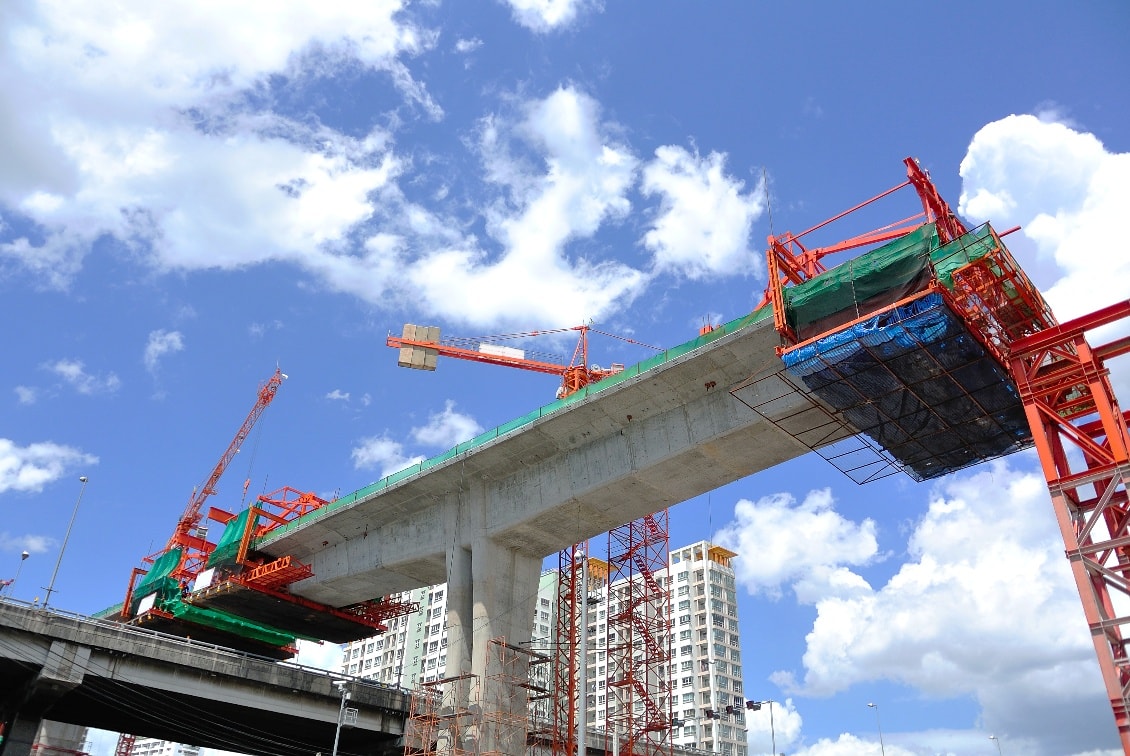
The private economy has demonstrated its creative capacity and endogenous resilience through its clear contributions to the national economy. Over the past 40 years, from a vague role, gradually recognized, this sector has now become a pioneering force in many fundamental fields such as infrastructure. In the new era of national development, whether the private economy has enough resilience to develop Vietnam into a powerful nation by 2045 or not depends on the development space with the Government's creation.
Source: https://hanoimoi.vn/kinh-te-tu-nhan-vung-vang-trong-ky-nguyen-vuon-minh-709168.html



![[Photo] National Assembly Chairman Tran Thanh Man receives First Vice Chairman of the Federation Council of Russia](https://vphoto.vietnam.vn/thumb/1200x675/vietnam/resource/IMAGE/2025/9/2/3aaff46372704918b3567b980220272a)


![[Photo] Lao President Thongloun Sisoulith and President of the Cambodian People's Party and President of the Cambodian Senate Hun Sen visit the 95th Anniversary Exhibition of the Party Flag Lighting the Way](https://vphoto.vietnam.vn/thumb/1200x675/vietnam/resource/IMAGE/2025/9/2/3c1a640aa3c3495db1654d937d1471c8)
![[Photo] National Assembly Chairman Tran Thanh Man meets with First Secretary and President of Cuba Miguel Diaz-Canel Bermudez](https://vphoto.vietnam.vn/thumb/1200x675/vietnam/resource/IMAGE/2025/9/2/c6a0120a426e415b897096f1112fac5a)



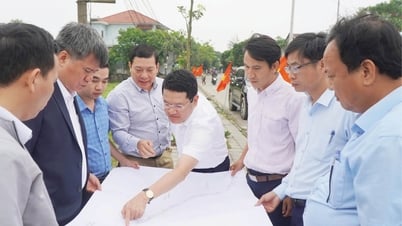




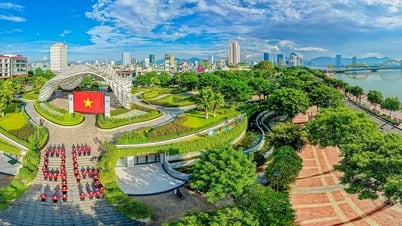


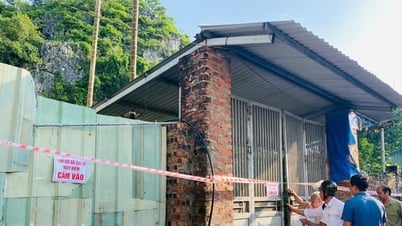






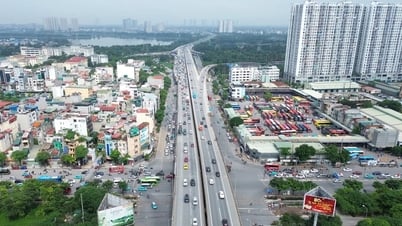






































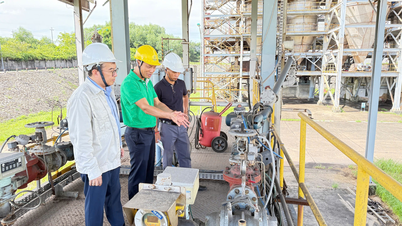



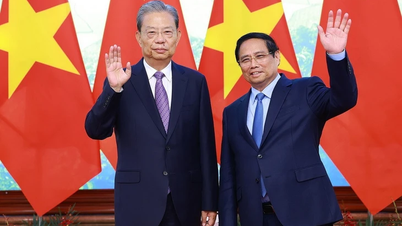











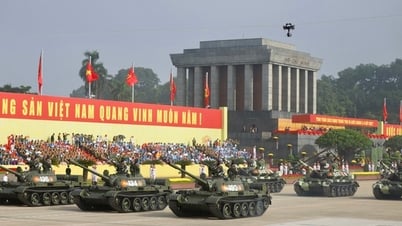
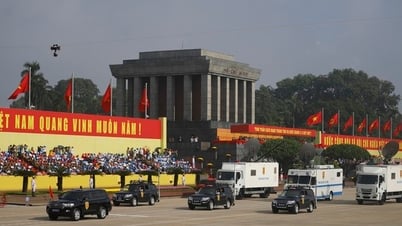











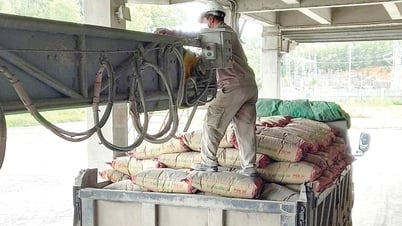
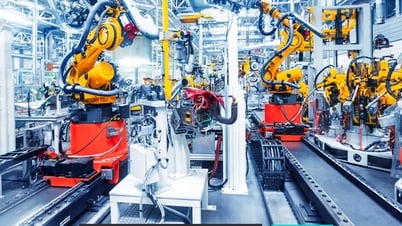

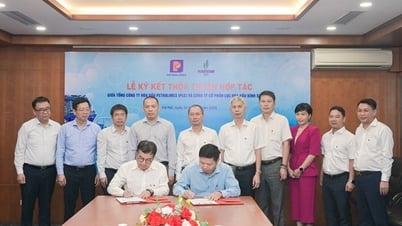

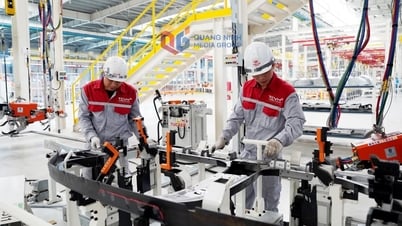



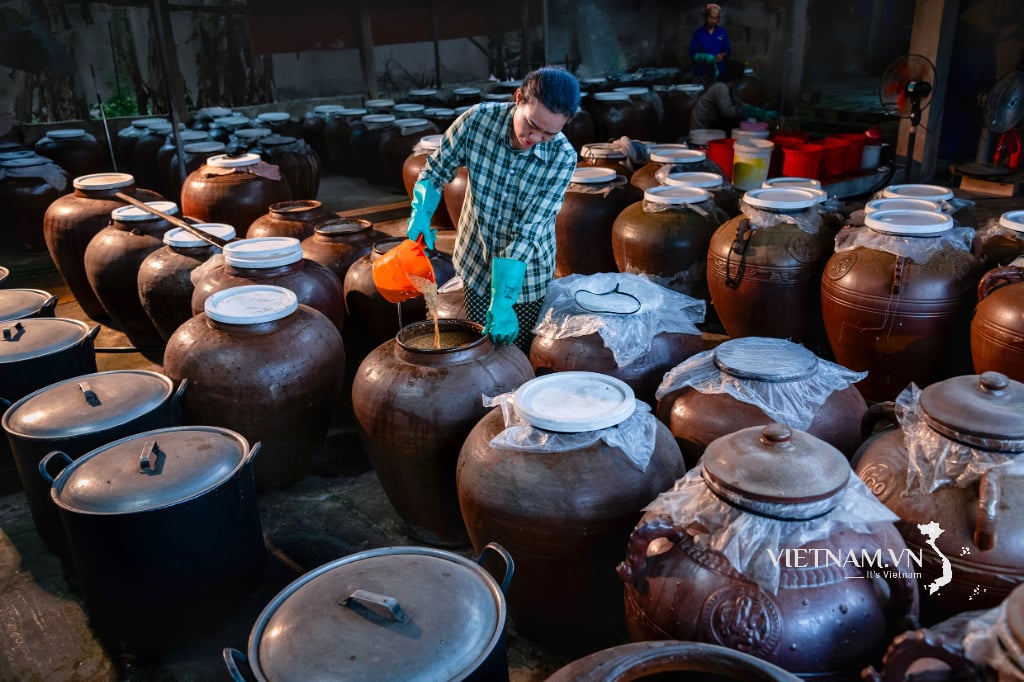

Comment (0)